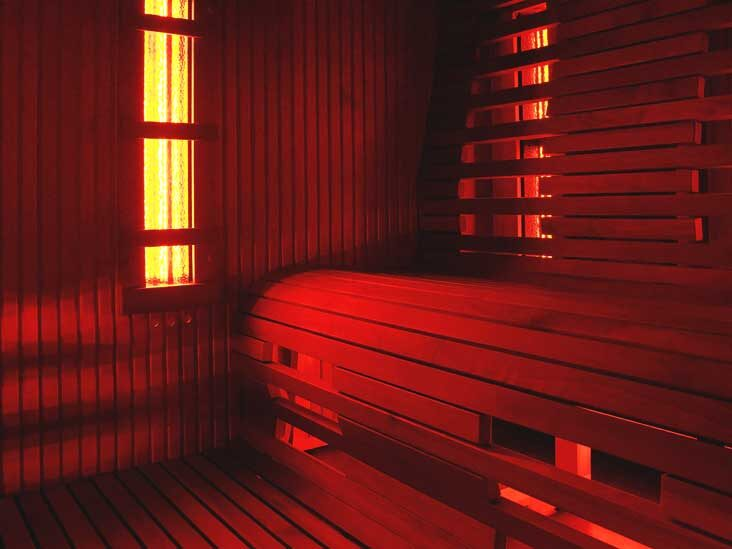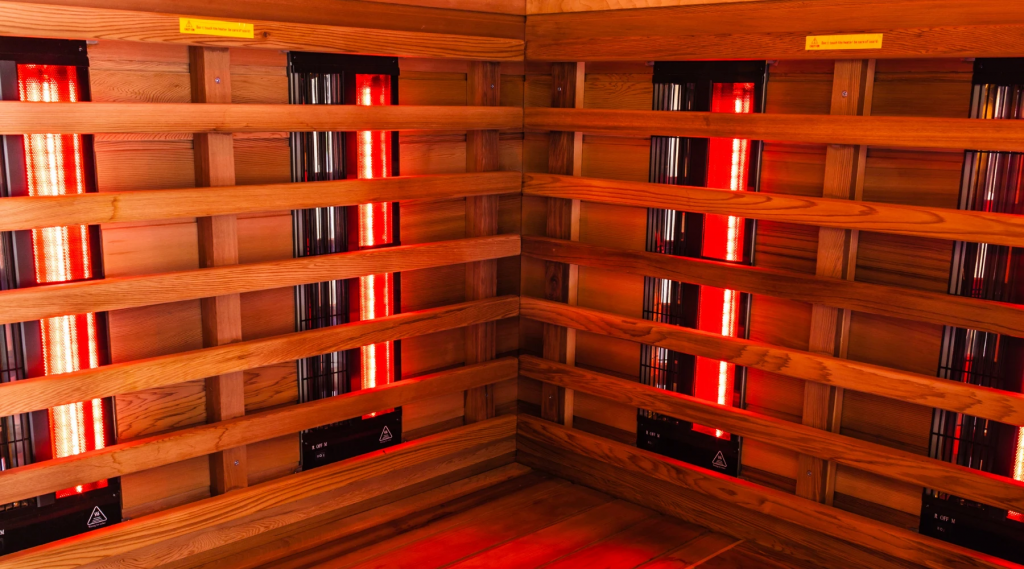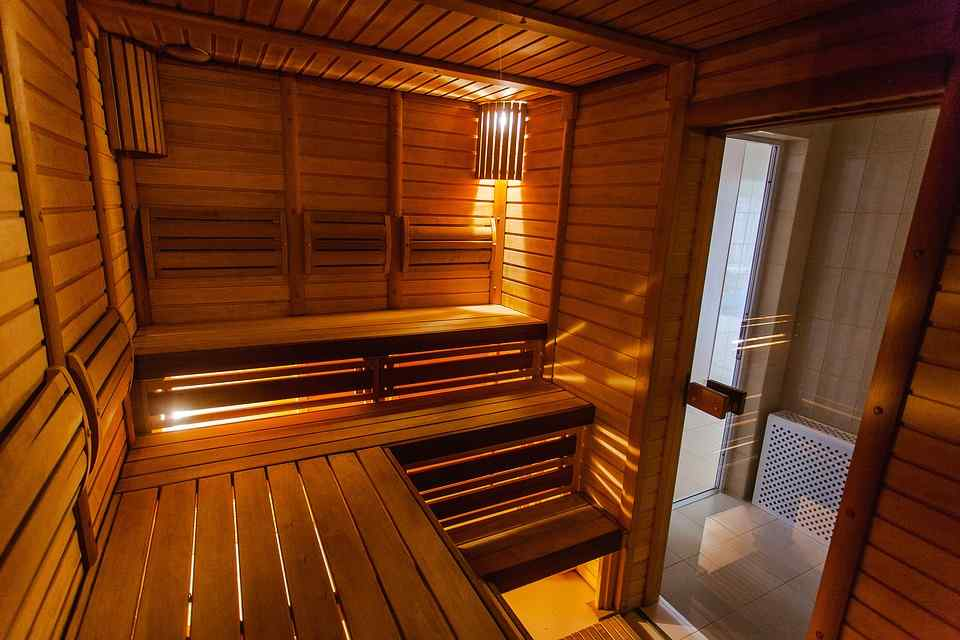Choosing the right infrared sauna for your home can be a daunting task. With so many different types of saunas on the market, it’s hard to know where to begin.
We will answer some common questions about finding an infrared sauna that is perfect for you and your needs!
You can read more about infrared saunas at ByRossi
What is An Infrared Sauna and How Does It Work?
An infrared sauna uses light waves to warm the body rather than heating the air around you. This allows your skin and muscles to absorb heat at different levels, quickly producing a deep sweat that wipes out toxins much more effectively than traditional steam rooms or hot tubs.
The infrared rays penetrate deep into the tissues and cause them to swell, increasing their metabolic rate and allowing you to sweat out up to a liter of water in just one session. This is also known as ‘cellular hyperthermia’ which means sending your body temperature soaring well past 100 degrees Fahrenheit causing all those toxins we talked about earlier (like heavy metal, phthalates, and PCBs) to be sweated out through your pores.
Infrared rays are at the far end of the electromagnetic spectrum just one step up from visible light which means they have a very short wavelength that can penetrate deep within bodily tissues where blood circulation is highest. The benefits also include increased detoxification, lower blood pressure, reduced inflammation, and relief from many chronic pain conditions.
How to Choose the Right Infrared Sauna
Far-Infrared vs Near-Infrared Sauna
Infrared saunas are gaining in popularity because of their many health benefits. However, it is important to know the difference between far-infrared and near-infrared saunas before you choose which one is right for your home.
Near-infrared saunas are less expensive, but they don’t work well in larger rooms. They also take much longer to heat up compared to far-infrared saunas.
The far-infrared sauna heats the body from the outside in and penetrates deeper into your skin tissue than near-infrared lights do. This means that you can get full-body heat in a relatively short time, and you can even enjoy it outside the sauna.

Heater Technology and Heater Positioning
Heater Positioning
The positioning of the heater is important to get an even heat distribution. The most common locations for the heater inside a radiant sauna are either in front of or under your back. Positioning it at the lower end will increase blood circulation and is good for detoxification purposes while positioning it higher up can help with mood improvement and pain relief.
Heater Covers
Infrared saunas come in three types of heater coverings: ceramic, carbon, and quartz.
If you want a traditional look for your new infrared sauna, the ceramic is a great option with its white porcelain appearance. It also remains cool to touch while heating up quickly and evenly throughout the interior.
The carbon has an elegant look with a black matte finish and is the most affordable option among these three. It heats up quickly even though it has a low emissivity rating, which means that it loses its heat more slowly than other coverings.
The last type of covering – quartz – emits infrared rays at high levels while being able to retain them for longer periods as well. It heats up quickly but does not lose its heat as easily.
Materials and Build Quality
Materials and build quality are key factors to consider. The best-infrared sauna for home use uses the same materials as high-end spas, which means you’ll want a sauna made from carbon steel or far-infrared ceramic emitters. These also help ensure your unit lasts years without problems due to corrosion or broken emitters.
Infrared saunas that use less expensive materials such as aluminum or plastic may work, but they don’t heat up as quickly and you run the risk of one day having to replace them due to corrosion issues. Those made with cheaper woods like cedar should be avoided entirely because their resins can affect how your skin feels after you’ve used the unit.

Size, Warmup Time, and Running Costs
Find out how many people will be using the sauna, and what size is best for your space. If you’re only going to use it at home with a few friends or family members, go small.
For commercial applications like health clubs or yoga studios, consider something larger that can accommodate more users at once. Keep in mind that bigger is not always better, though. You’ll need to warm up the larger saunas for a longer time before you can hop in and enjoy your session.
Think about how long it takes your sauna to heat. The time it takes to reach your ideal temp is known as the warmup time. Longer warm-up times mean more energy will go into heating, which can translate into higher running costs for you in the long run.
Don’t forget about the long-term running costs, either. Infrared saunas are more expensive upfront but cost less to maintain over time because they don’t require wood or other materials that have to be replaced regularly.
